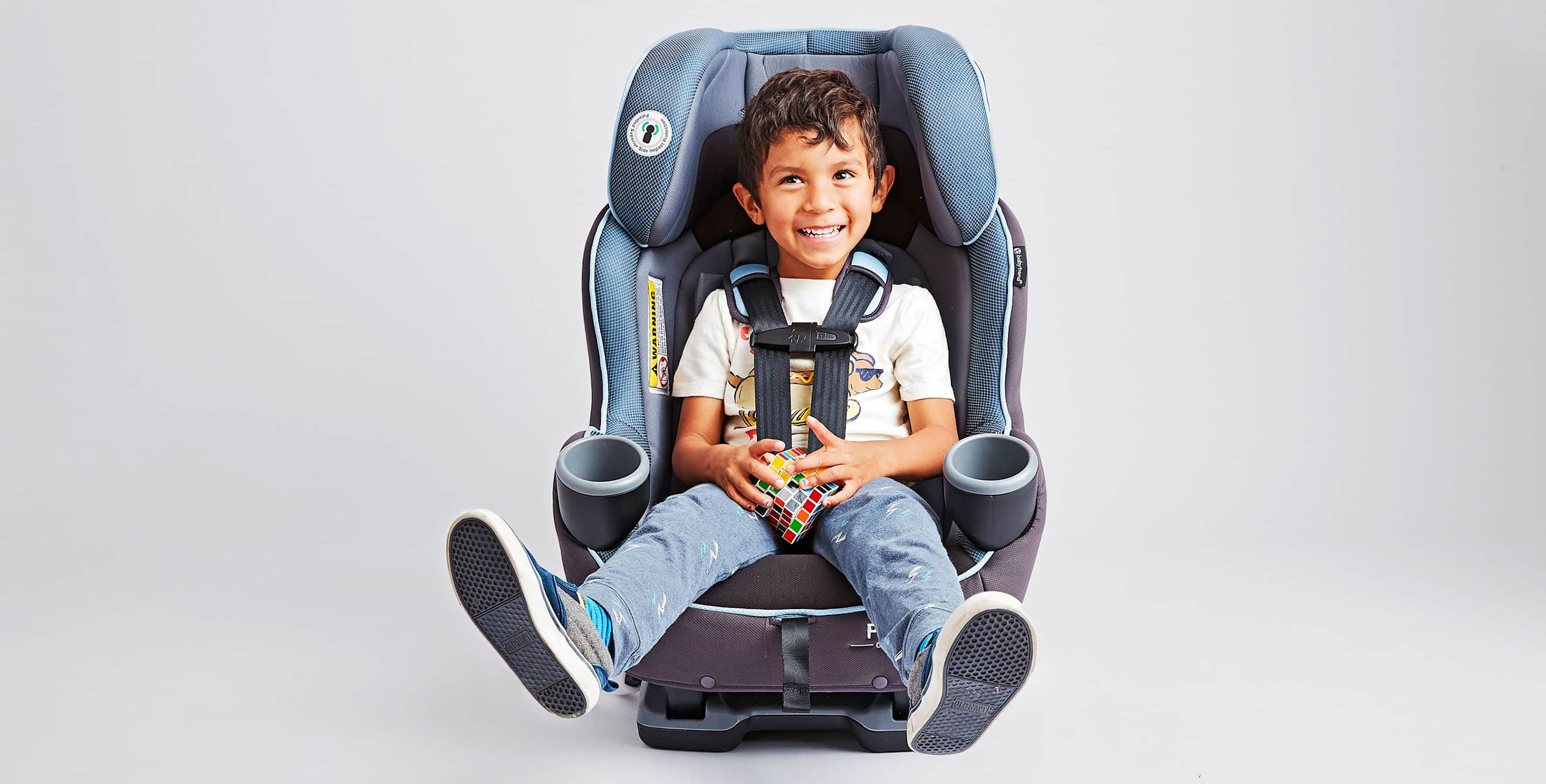
Is Your Child's Car Seat Properly Installed?
When used correctly, car seats can dramatically reduce the risk of fatal injuries for young kids.

When you're on the road, no cargo is more precious than your kids, and car seats are crucial to keeping them safe. Used correctly, car seats reduce the risk of fatal injuries by 54 percent for young children and a whopping 71 percent for infants. Yet 46 percent are installed incorrectly—meaning most seats in use aren't as safe as they're designed to be.
Maximizing the benefits of a car seat starts with choosing one that's appropriate for your kid's age and size, as well as for your car. Children who are less than two years old should always ride in rear-facing seats. Switch to a front-facing seat only when the child reaches the height and weight limits set by the seat's manufacturer.
Once you've got the right seat, you have to install and use it correctly. For example: Kids tend to wiggle a lot, but car seats shouldn't. To test, grasp the seat anywhere the seatbelt attaches to it and try to push or pull; the seat should not move more than an inch side to side or back and forth.
When strapping in your child, check the harnesses to make sure they're lying flat with no twists. To test for proper snugness, try to pinch the strap at the shoulders; you shouldn't be able to grab any loose material. And make sure the chest clip is placed at armpit level.
Finally, don't try to move kids out of their car seats too soon. Wait until they've outgrown forward-facing seats before switching to boosters. Even then, keep kids in the backseat; it's safer there.
Benefit from AAA Membership on and off the road, with emergency assistance, in-branch DMV services, car seat safety inspections, exclusive discounts, and more.